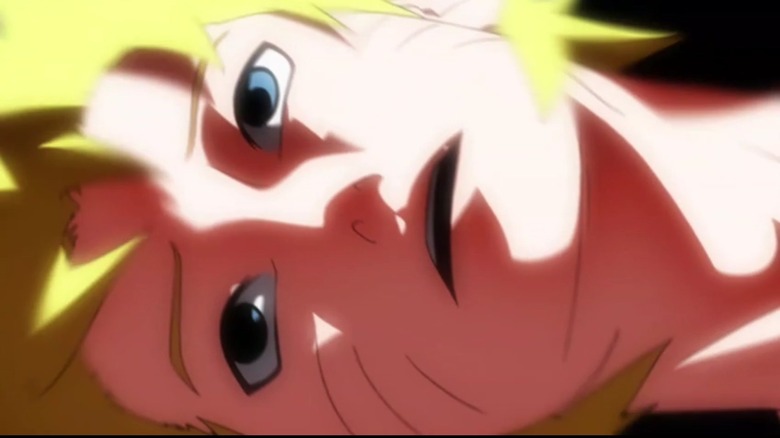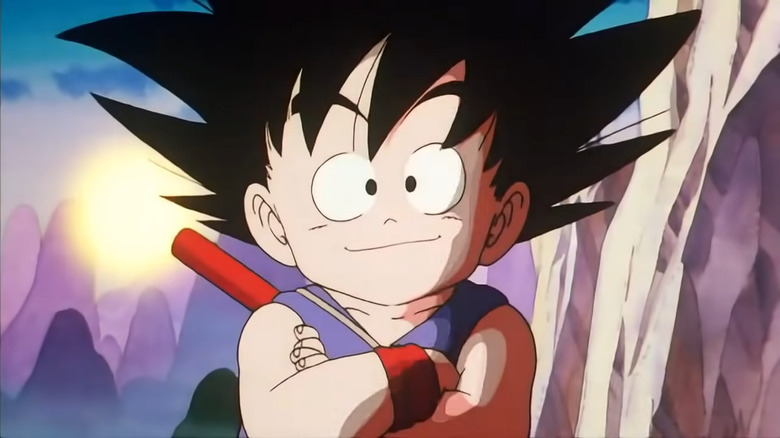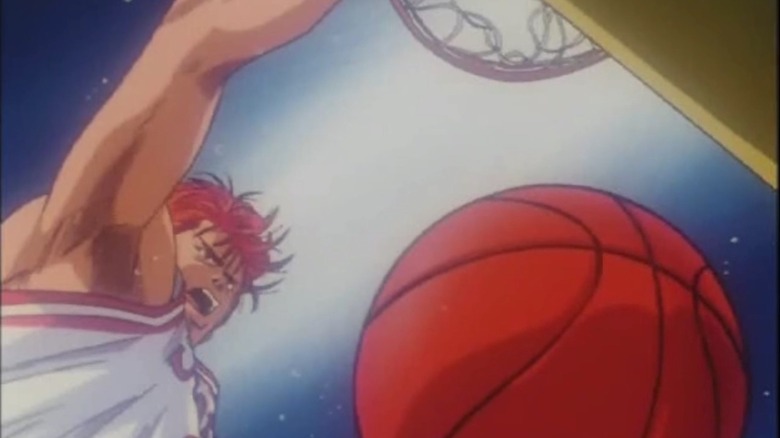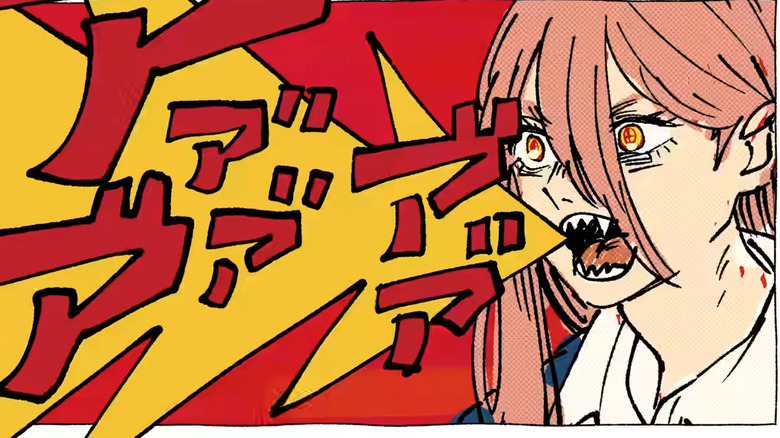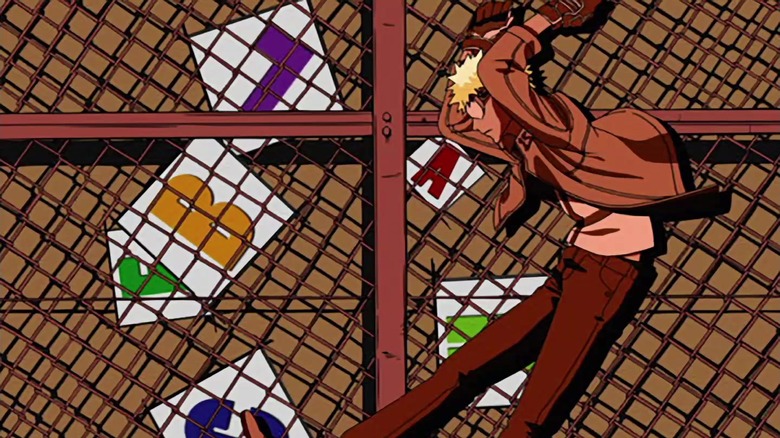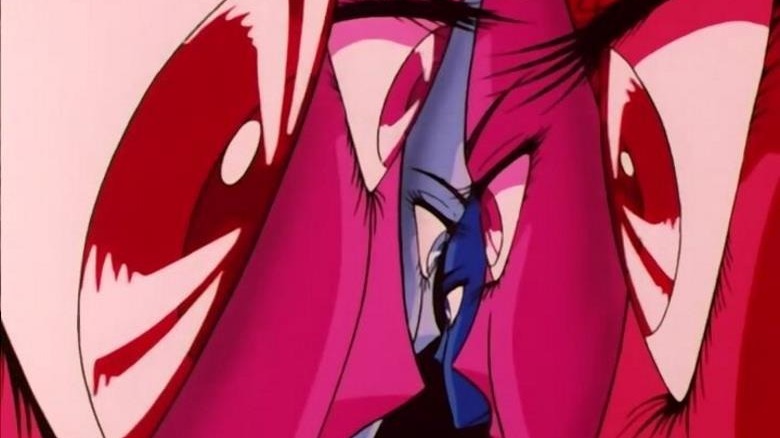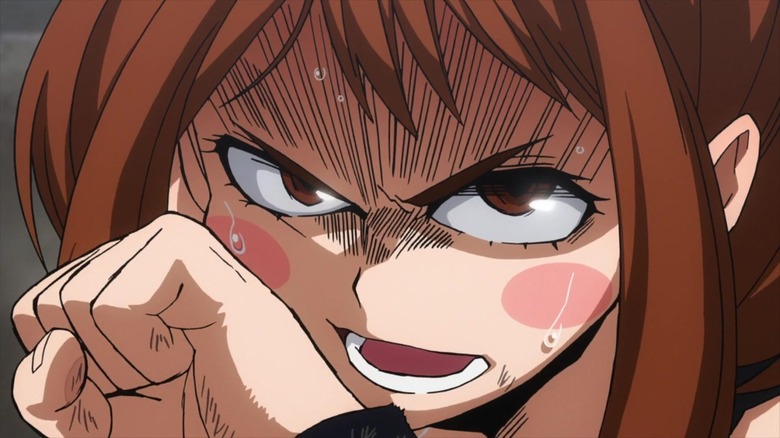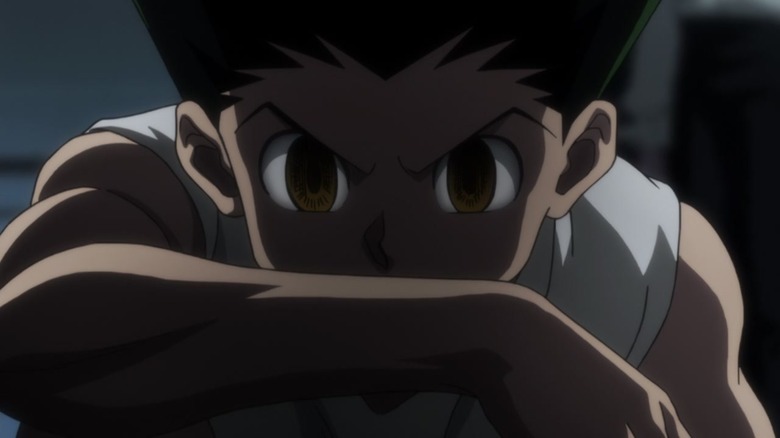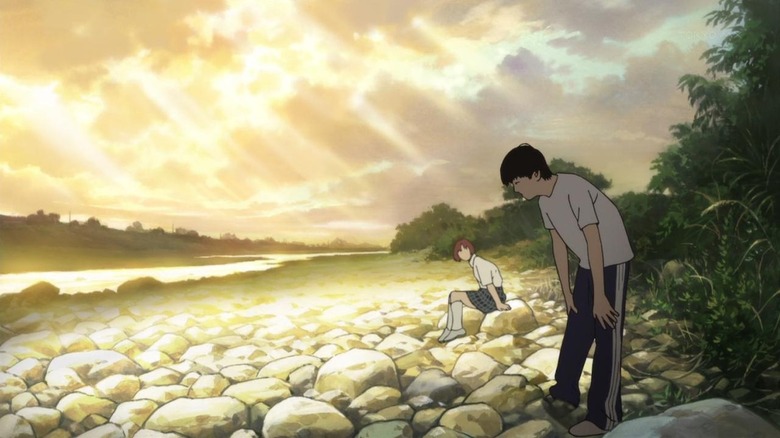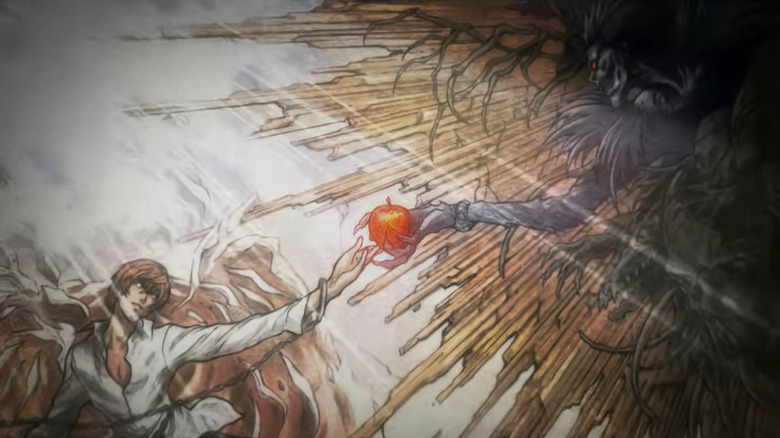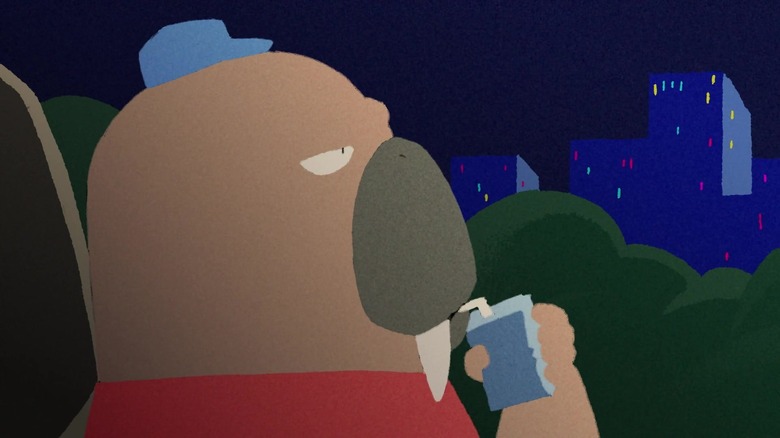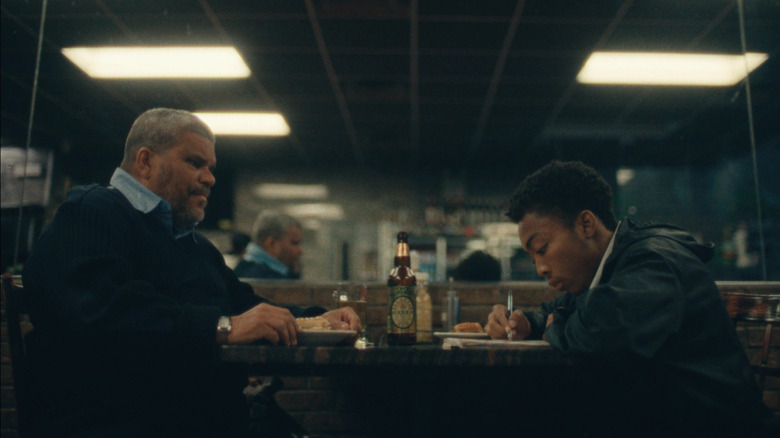
SXSW 2023 had several big movies which took up a lot of space in the larger conversation surrounding the festival. From the world premiere of "Evil Dead Rise" to the closing night unveiling of Ben Affleck's long-awaited return to the director's chair in the form of "Air" (which I reviewed), there was much to talk about. But film festivals such as this are often a great place to discover the next big thing. One film that may well pop coming out of the festival this year? Director Aristotle Torres' "Story Ave," which took home the Special Jury Award for Cinematography.
Critics have been very kind to the film following its premiere. It tells the story of a South Bronx native, Kadir Grayson (Asante Blackk), a very talented teenage artist who is floored by the grief of losing his younger brother. Kadir runs away from home and escapes, attempting to become a key member of his graffiti gang Outside The Lines, which is equal parts criminal operation and artistic endeavor. To prove himself, Kadir attempts to rob Luis (Luis Guzmán), an older Puerto Rican MTA conductor on the subway platform. Not to spoil it, but things don't go as one might expect, setting a heartwarming, grounded story in motion.
I had the good fortune of speaking with Luis Guzmán on behalf of the film during SXSW. Not only does the "Wednesday" and "Boogie Nights" actor have a major (and, might I add, excellent) supporting role in the film, but he also serves as an executive producer. We discussed how he got involved, how he brings a layer of reality to so many of his characters, his upcoming Gareth Evans movie "Havoc," and much more.
Note: This interview has been lightly edited for clarity and brevity.
'Unfortunately, I Don't Get To See Enough Of These Types Of Roles'
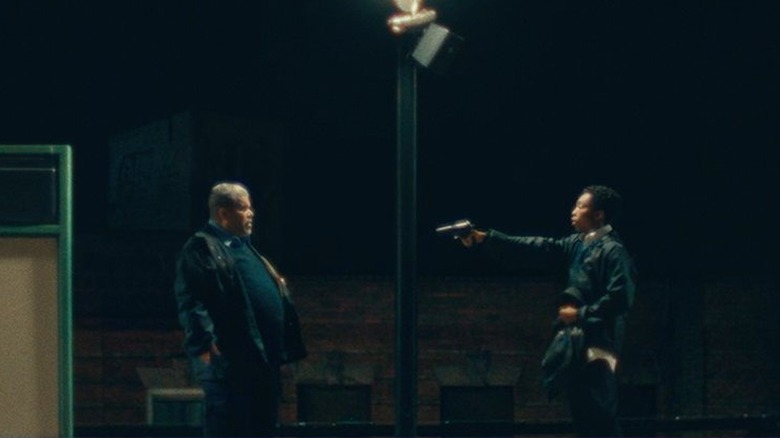
You're an executive producer on this movie. You're more than just an actor. How did this come your way? How did you get involved, and how did you decide you'd take on a bigger role in it?
It came about in a roundabout way. Sometimes management people get a script and they don't see any attachments or any money behind it, so they never show it to you. So Aristotle Torres was trying for a year to figure out how to get in touch with me. Finally, one of our boys that we know called me up and said, "Yo, there's this great script," blah, blah, blah. So I said, "Yeah, send it to me. I'll read it." I read it in one sitting. I absolutely loved it. I called Aristotle. We got together, and I said, "Hey man, I would love to do this movie."
I called my people and kind of gave him a little bit of a spanking because it should never always be about money. This is art that we do. We're storytellers. We spoke to some people that we knew and we brought in some money for this project because we pretty much said how passionate we were about -- it's a New York story, man. It's a great story. It's not a "bang-bang, shoot 'em up" type of story that you always see [where] somebody dies in the urban setting. This was a real story. It was a story about this young kid who lost his family, lost a brother, had an extended family, which wasn't the best family, and ended up with a mentor in me who was not the best role model in the world. But he tried, and he saw something in this young man, and he didn't want him to make the same mistakes that maybe his own son in the story made. So it just had all these great ingredients to it.
Unfortunately, I don't get to see enough of these types of roles. Listen, I've had a great career. I've always worked and stuff. But to be in a position that you are actually helping a character to grow, that you are in a position to nurture, and then on the flip side, as an executive producer to help the project along, it was something very welcoming to me. It did pose its challenges, yes, but we got it done. The old adage, a labor of love.
Well, the movie speaks for itself. I've loved movies as long as I can remember. The only reason I do this is because I love movies. And like you said, you've worked forever. I've seen, I don't know how many movies I've seen with you in them and you're always great.
Thank you.
But from your first scene in this movie, I was floored, because it's not what you expect. I don't want to spoil it for anybody, but your first scene in this movie, there's compassion, and it takes an unexpected turn. From then on, this is the best performance I've ever seen from you. Can you talk a little bit about your character in this movie? You are driven by compassion, it seems, and we find out why a little later.
This character, for me, is people that I've seen growing up in my days in New York City. So that resonated. That's the first thing. I've had neighbors that work for the MTA. It's a job and it's not the most prestigious job to have. There's nothing scientific or really challenging about it. It's something that you do day in and day out. I saw these people, but they also have their own stories of when they go home. I wanted to exemplify that persona, a working class person, but also someone that had their own issues in life.
When this kid shows up and he points that thing at me, I'm over there saying, "Oh, come on, man." That, to me, is real. Because I don't think this guy was suicidal in the sense of, "Go ahead, just take me out." I've been held up numerous times. Sometimes I just talk myself out of it. "Here, bro, here's $10. Just go." I saw something, I saw this human being who didn't fit that mode of what I had gone through with others. "Come on, for real?" That was a sensibility to that Luis character. But it was also because it just felt really real to me. Asante was this real kid. I didn't know what his story was when we first met up, but I know he was in some kind of pain. You are a token booth operator, you see all the personalities. You see someone that says, "I ain't got no money. I'm just trying to get home. I just got fired from my job." It becomes emotional. It's very organic; it's real in my mind. That's how I approached it all. That's how I took it all in. This was not acting to me, this was exemplifying life as I see it, as I have lived it. I've seen those people. I sat next to those people. I have conversed with those people. Those people have conversed with me. You see?
Yeah, totally.
Don't get me wrong, it is acting, but it affords you an incredible reality to dive into.
'We Had A Limited Budget, But That's Not What I Was Thinking About'
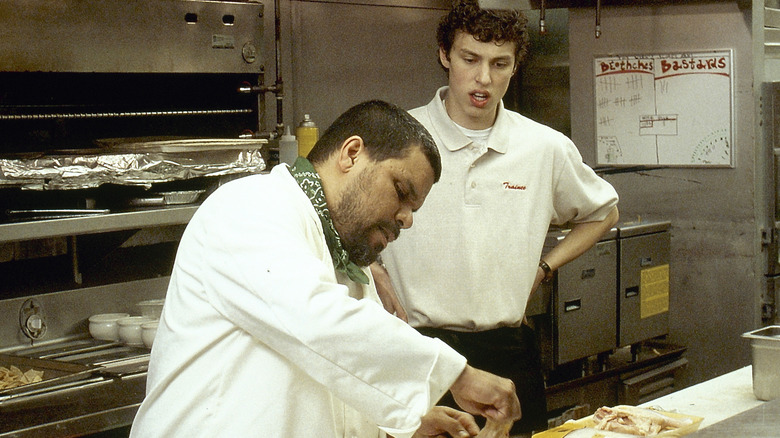
You're also in the movie "Waiting," and I spent my life working in restaurants. As funny as that movie is and as over the top as your character is in that movie, that's what working at a restaurant is like. I think you're very good at bringing that slice of life to a role, whatever that requires.
Well, I didn't know half that stuff went on in restaurants.
You wouldn't believe it.
Oh, that's what I say. And people were like, "Yeah dude, this s*** is real. This really does happen like this." So in that sense, for me, I thought it was great. I understood what it was like to walk into a restaurant 10 minutes before closing. I said, "No, we're never going to do that." You're going to treat that server with respect. Listen, if you order a New York strip steak and it comes out tough, you can say, "Excuse me, this -- I mean, you can taste it," and they'll know. They'll know you're not being difficult.
Kindness, for sure. If you've ever done it, you'll never be mean to those people, ever.
As opposed to, "What's wrong with you people selling this s*** as food? I pay for this s***. Give me another steak!" You don't want to do that.
Another thing you touched on is the money point. You get a better paycheck sometimes. But at this point in your career, you've done so much. What motivates you from project to project? How do you decide now what to take on?
Sometimes it's just as simple as getting a letter from a director. Sometimes it's as simple as who you're going to be working with. Sometimes it's about reading the script and saying, "Oh wow, this is really cool." Sometimes reading something or saying, "I'm not going to do this." Because sometimes it's not about the money, either. I've turned down a few roles recently because that's not the path I want to go. And that's okay, because somebody else could do it. What's the saying? "Been there, done that."
Sometimes it could be friends of mine that say, "Oh, have you looked into this?" And sometimes, yeah, you're going to get paid, but sometimes you're not going to get paid, because you are invested in it emotionally and personally. This movie was, we had a limited budget. But that's not what I was thinking about. I was thinking about how beautiful it was written, the great characters, the story, and also elevating a group of people, because it's the "we" that made this movie. And it's a great story.
It really is.
It's a great story. It's really cool, man. You can believe this type of story.
I'm not from New York, but we've seen movies about people that live in New York and maybe get on what you might call the wrong side of the tracks. But this felt more authentic, in a way that I fully believed this could happen.
Yeah, I can relate to this. And that's how I felt about it. I've seen these people, I've sat with them, they've sat with me. That was the big difference maker. As an executive producer, even on my days off, I will go by set, and I will thank everybody for being there because that's what you do. Because you've got to show people, too, that you care, that you're just as human as they are. It's not about being a star. It's, "Yo, we're human."
'When It Comes Out, It's Going To Hit Pretty Good'
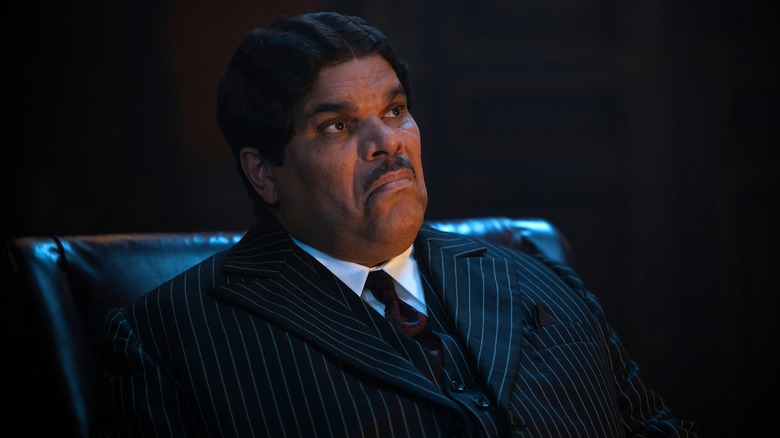
I know you probably can't talk about it too much, but you were in "Wednesday," of course, which ended up becoming a gigantic hit and they're doing a second season now. I know you weren't in it a ton, but are we going to see maybe a little more Gomez this time around? A little less? Do you have any idea?
That's been requested. Not by me, but by the fans. We'll see. Listen, however I fit in, I fit in. I mean, you've got to bring that back, that character, because that character's iconic to the story. You know what I mean? So whatever will be will be, but I'll be there.
The other thing I noticed, again, I don't know if you can talk too much about it, but I saw you're in Gareth Evans' new movie, "Havoc."
Yes.
He is about as good as it gets, as far as action goes.
Oh yeah.
Can you talk at all about that? What your experience was, what the movie's about?
Well, Gareth is, man, he's into detail like I have never seen before. You shoot his movie, it takes two years or so to come out because he is so meticulous at his editing and what works, what doesn't work, feels right, doesn't feel right. "We've got to go back and reshoot this," and stuff like that. So I respect that, man, because anybody could put out an action movie, but not like him.
God, no. He is on another level.
It takes a while for his movies to come out. But like I said, there's a reason, because he's king of what he does. Also Tom Hardy is very much into the whole detailed aspect of it, too. So I'm really proud of it. When it's coming out, I couldn't even tell you, because again, he's very meticulous and it's just got to be right. But when it comes out, it's going to hit pretty good.
I was really excited to see that, because I don't know if you've seen any of "The Raid."
Oh yeah, yeah, yeah, yeah.
I mean, "meticulous" is the word. It's incredible.
Right. So you appreciate that, you know what I mean?
I want to circle back to "Story Ave" real quick. You're here at SXSW for the premiere. How are you feeling now? You said you had a small movie, limited budget, kind of fighting the whole way to get it done. Now you're at one of the biggest film festivals in the world with this movie. How does that feel leading into the premiere?
Oh man, I feel honored. I feel it's a homage to this genre of films, to these types of films, because there's so many stories out there. You got a studio movie that's $20-$30 million, and you wonder, "Why the hell did they make that movie?" Then you see a movie like this and say, "Oh man, this is what we need right now. This type of movie." I felt and I feel strongly that "Story Ave" is that kind of movie, because, you know what? It leaves you with a good feeling. It leaves you with this faith to have in people. It's done really well. Even though we have a limited budget, what we have is an incredible cast, everybody put in the work, it was great. I'm proud of it. I'm proud to be a part of it.
"Story Ave" does not yet have a release date set.
Read this next: The 20 Best Paul Newman Movies Ranked
The post Luis Guzmán Talks Story Ave At SXSW, Wednesday Season 2, Gareth Evans' Havoc, And More [Exclusive Interview] appeared first on /Film.

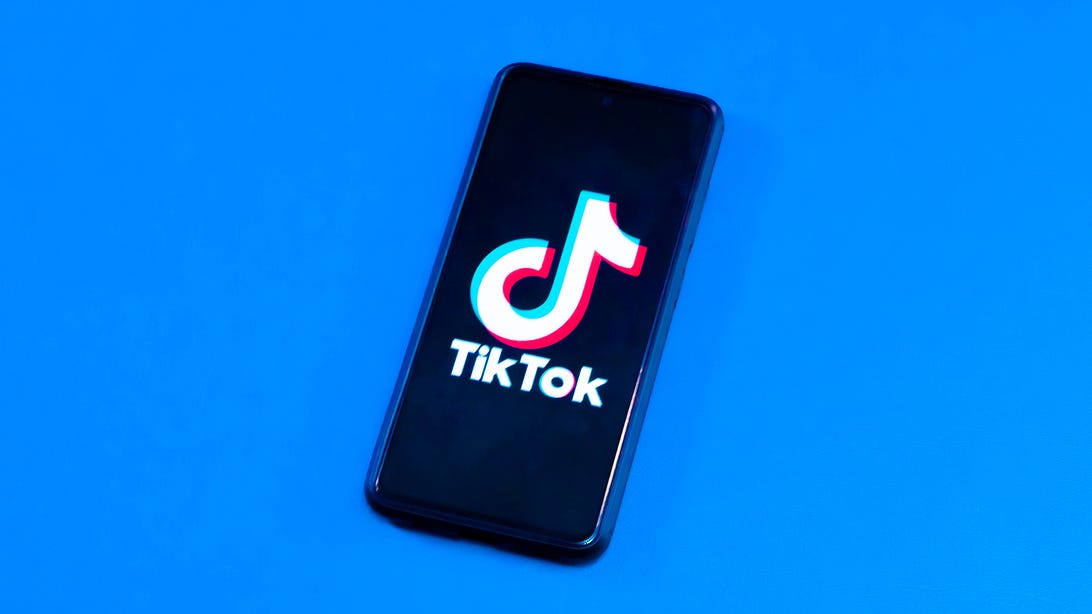
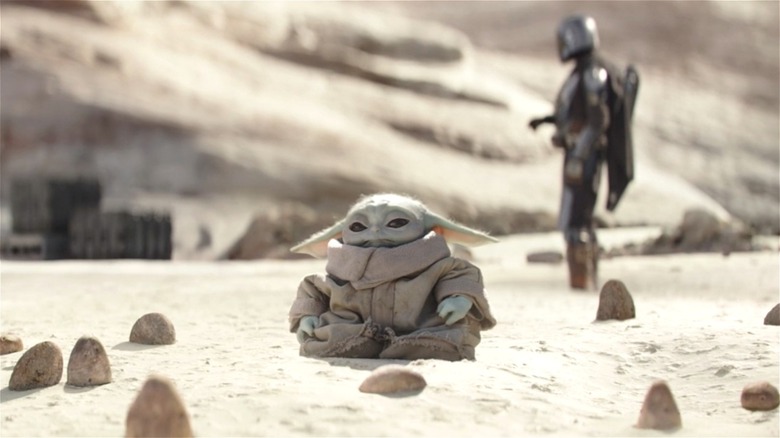
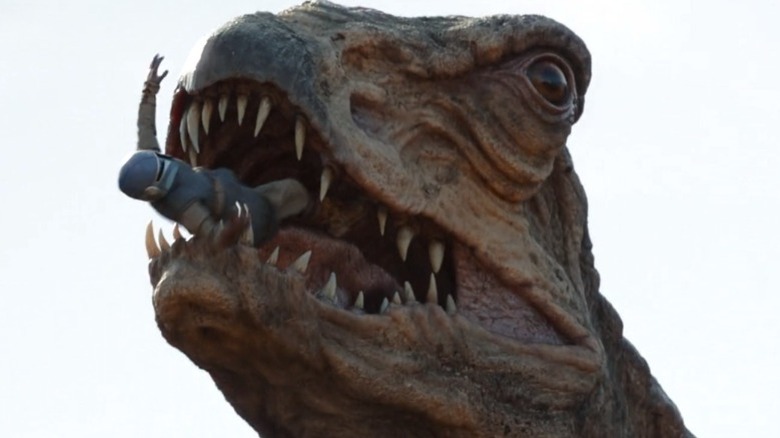
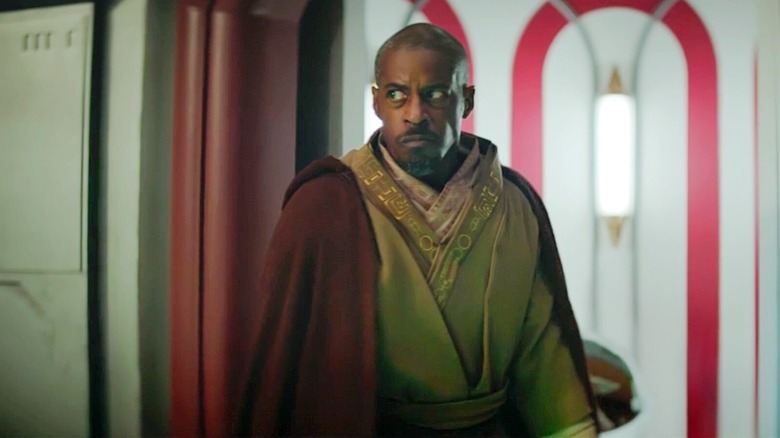
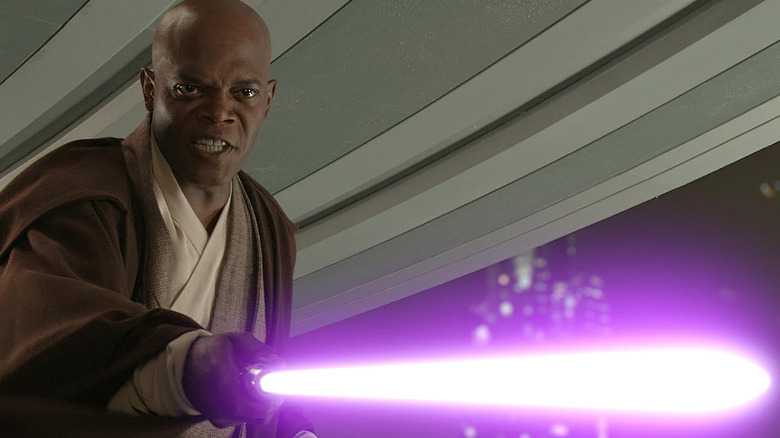
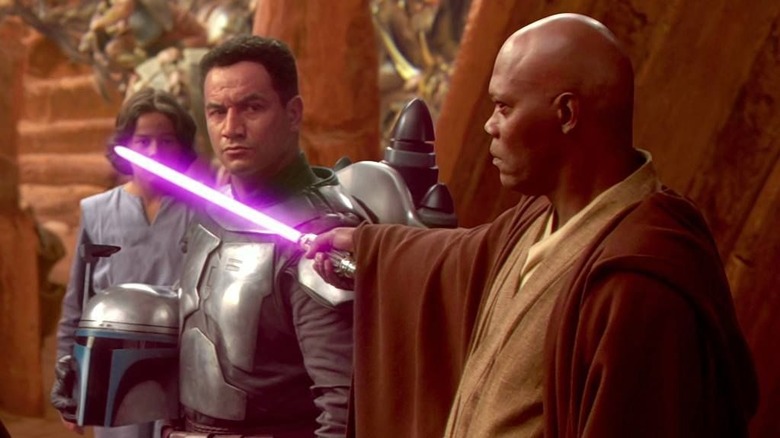
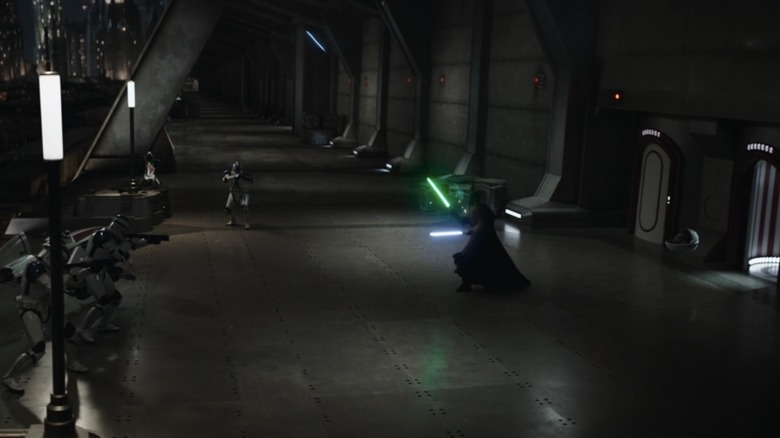
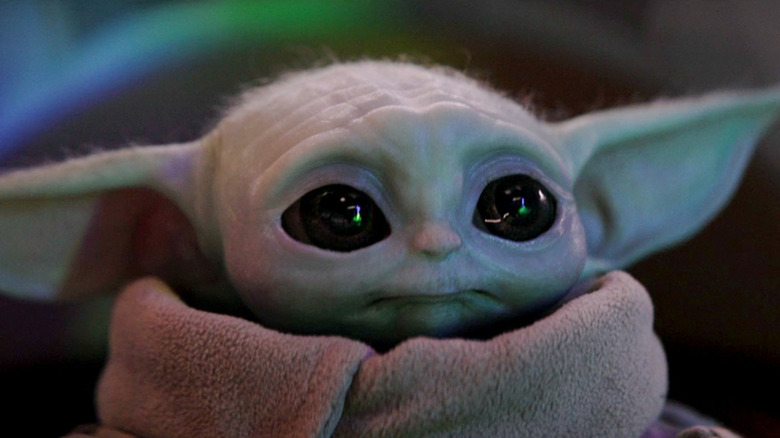
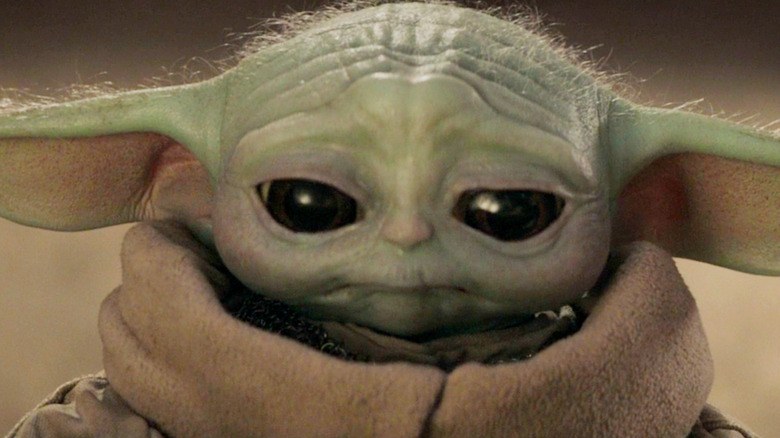
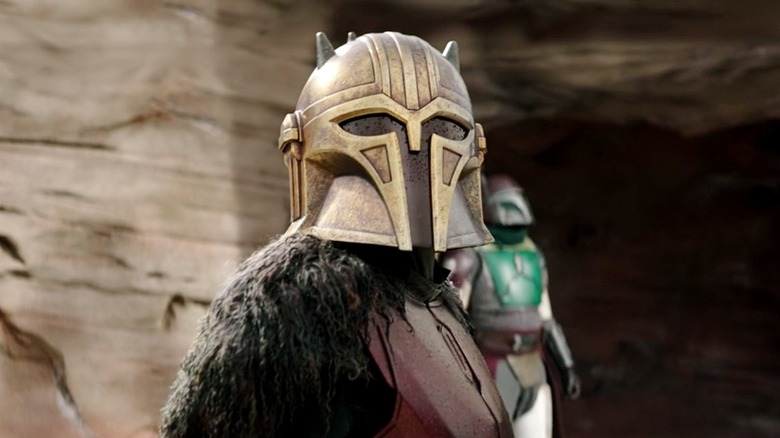
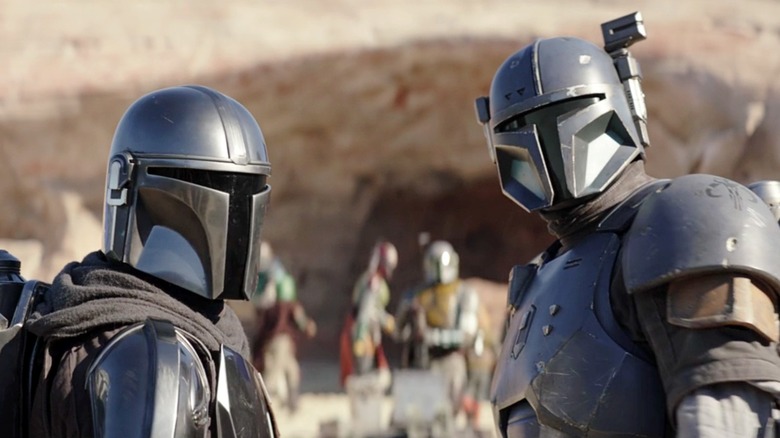
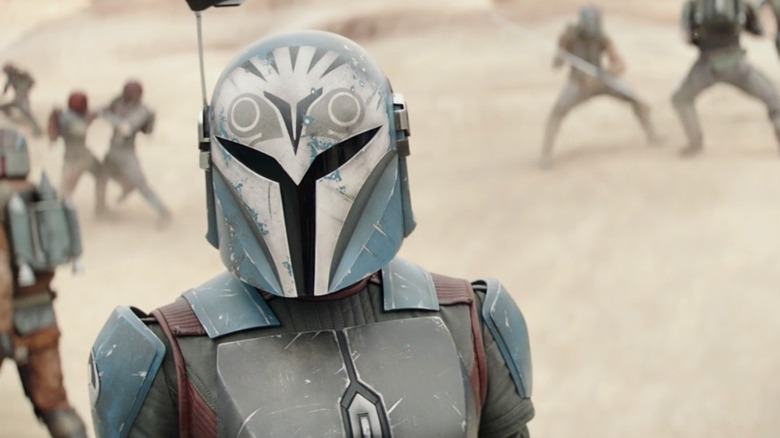
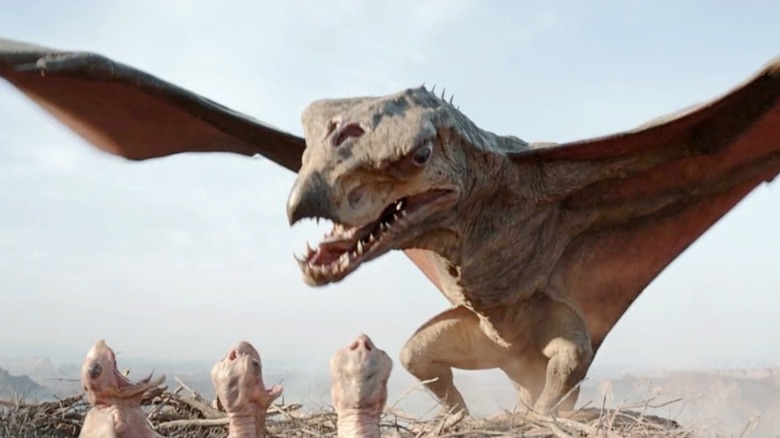
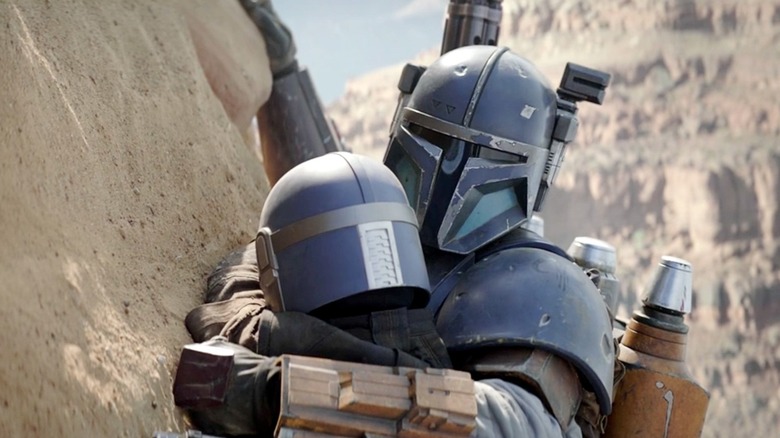
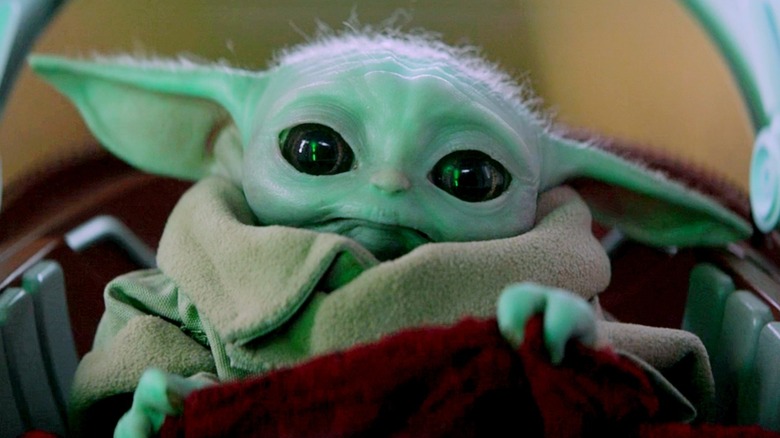
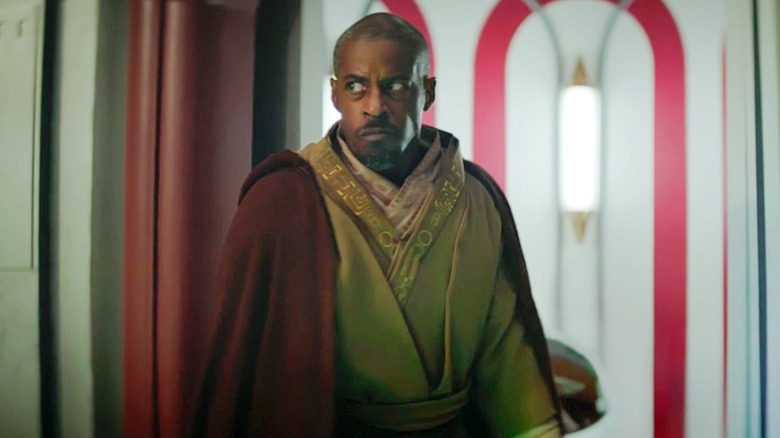
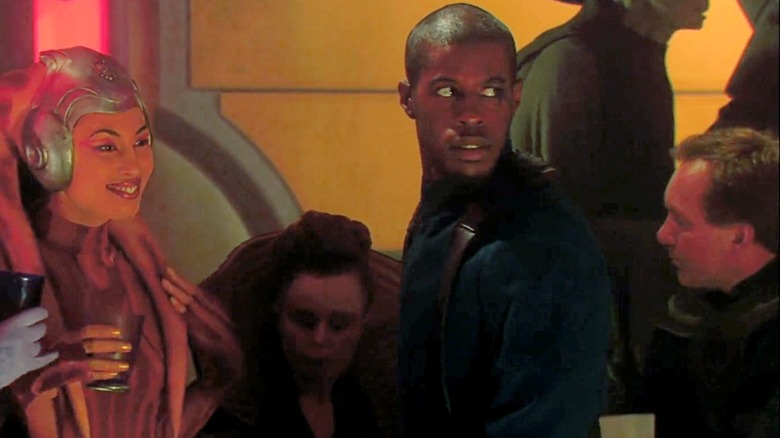




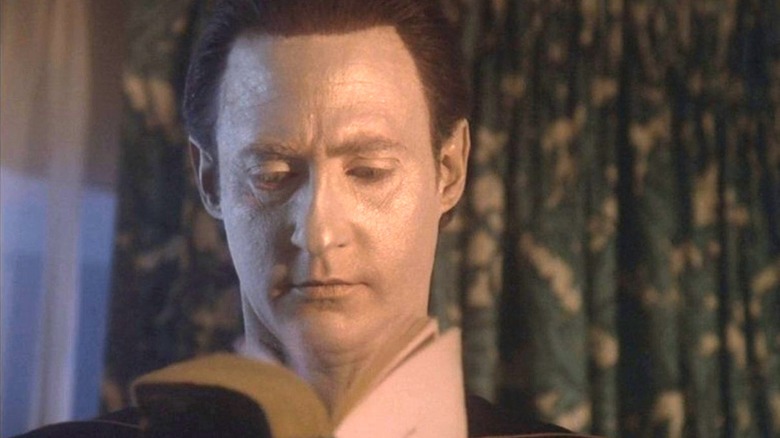
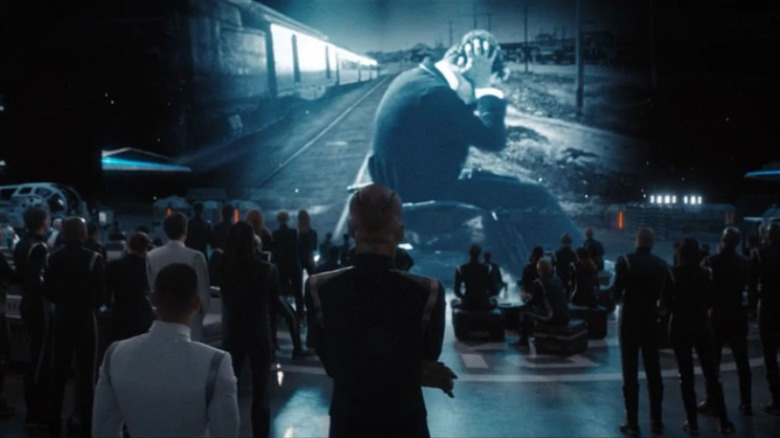
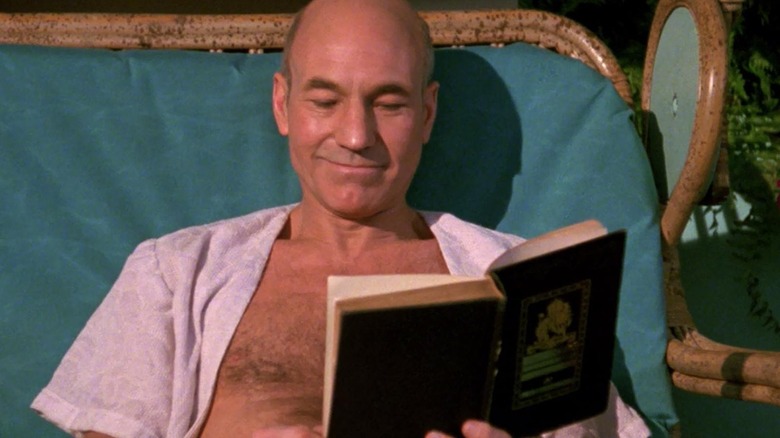
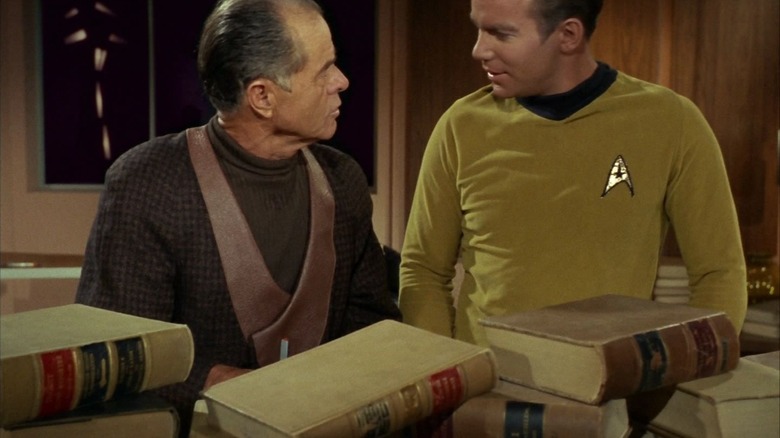
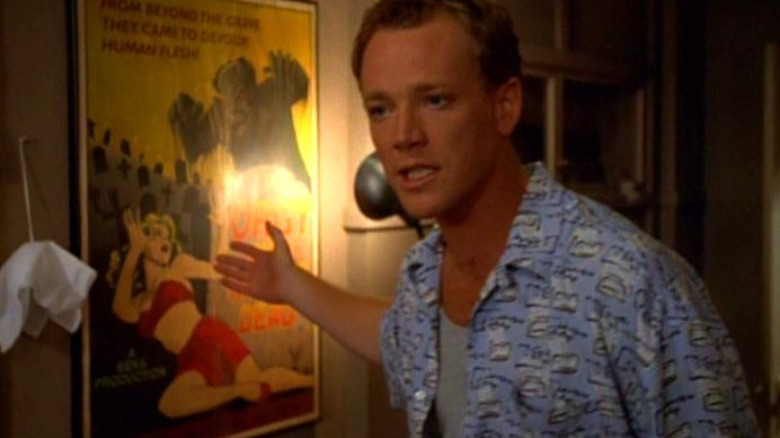










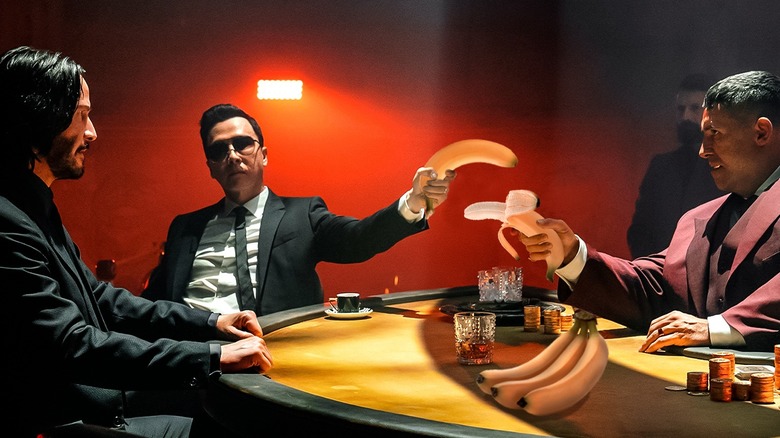
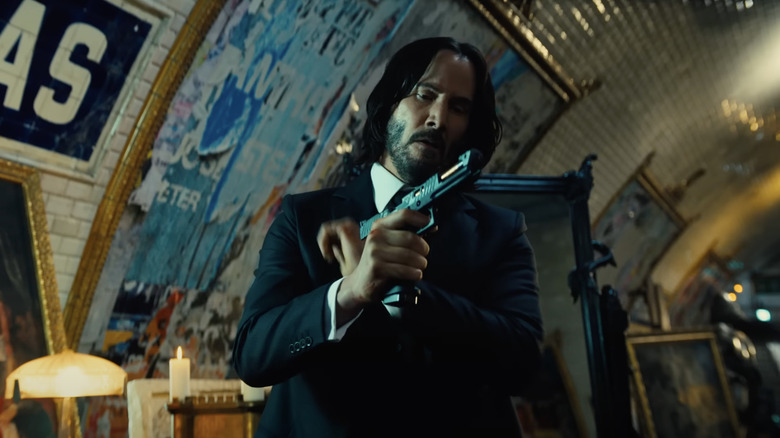
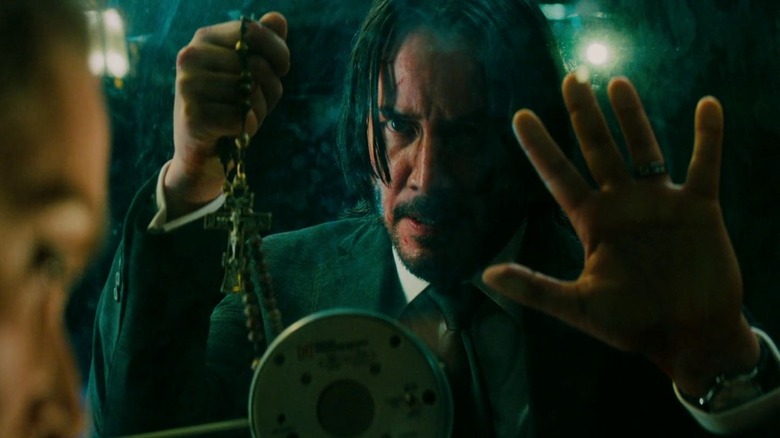
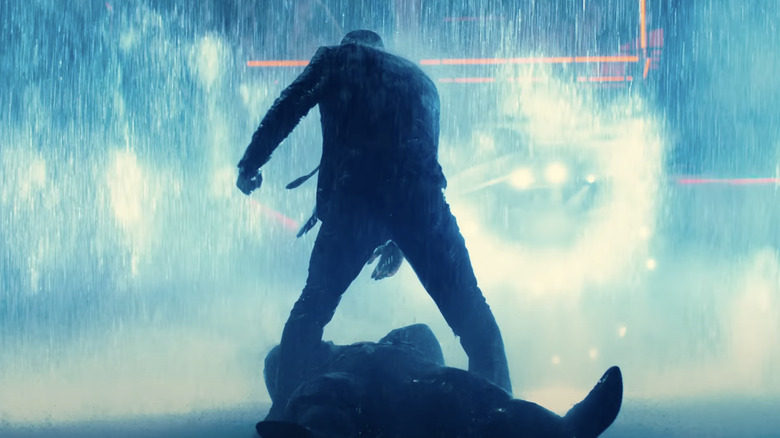
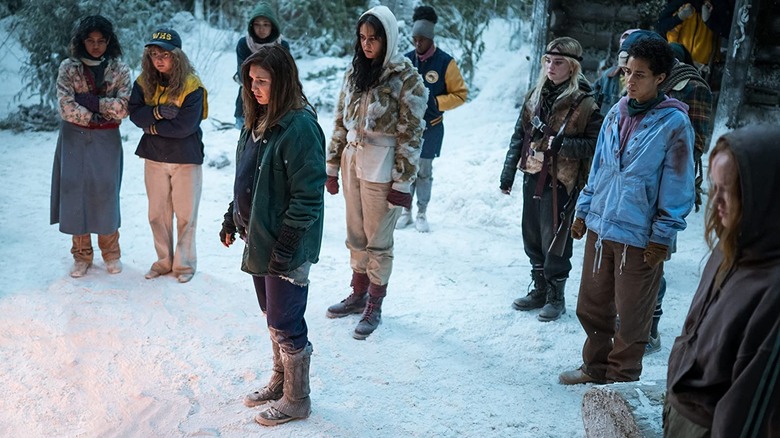
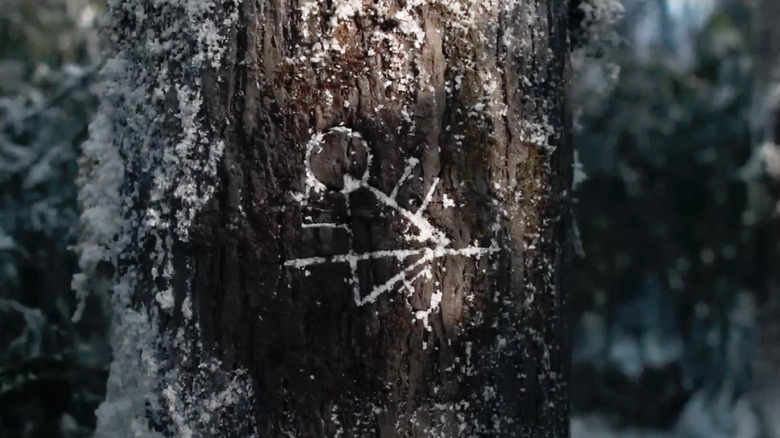
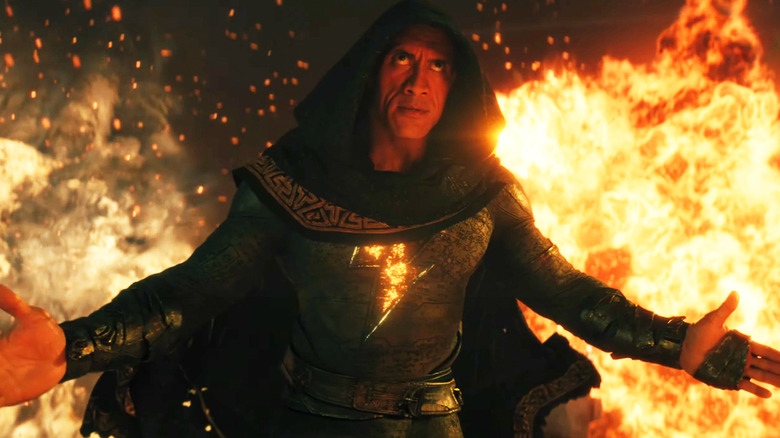
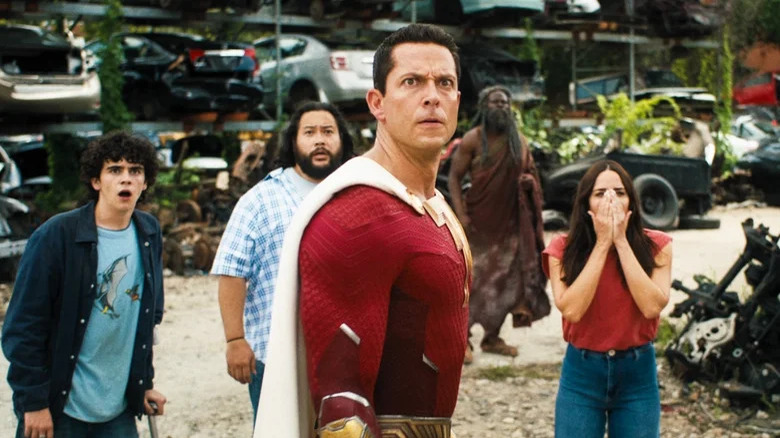
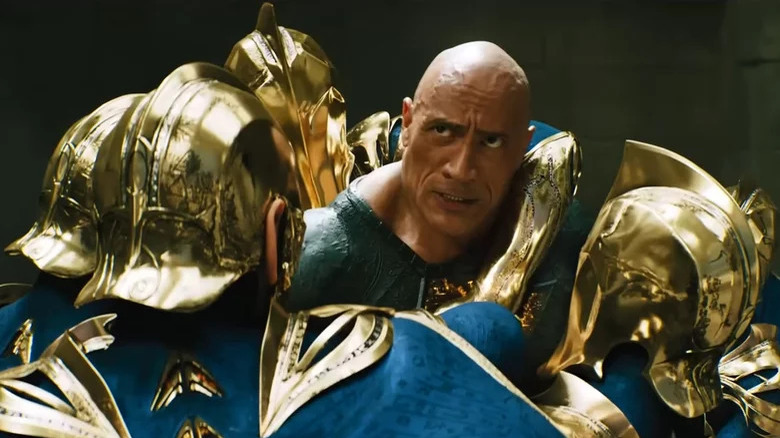
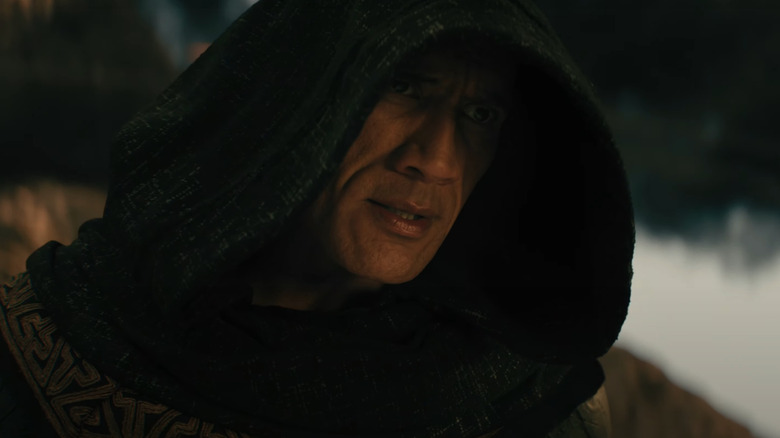




![[Movie Review] HOLY SHIT!](https://i0.wp.com/www.nightmarishconjurings.com/wp-content/uploads/2023/03/HolyShit_horizontal.jpg?resize=640%2C360&ssl=1)

